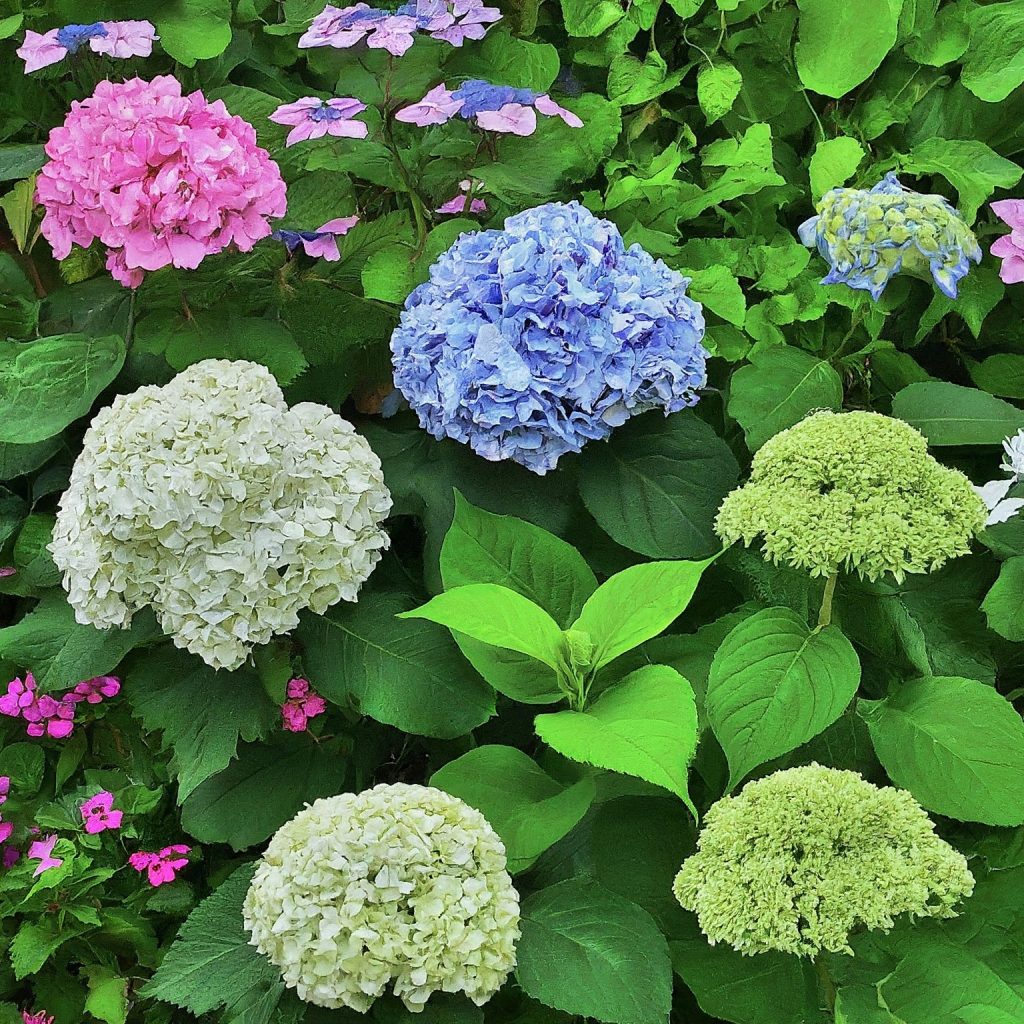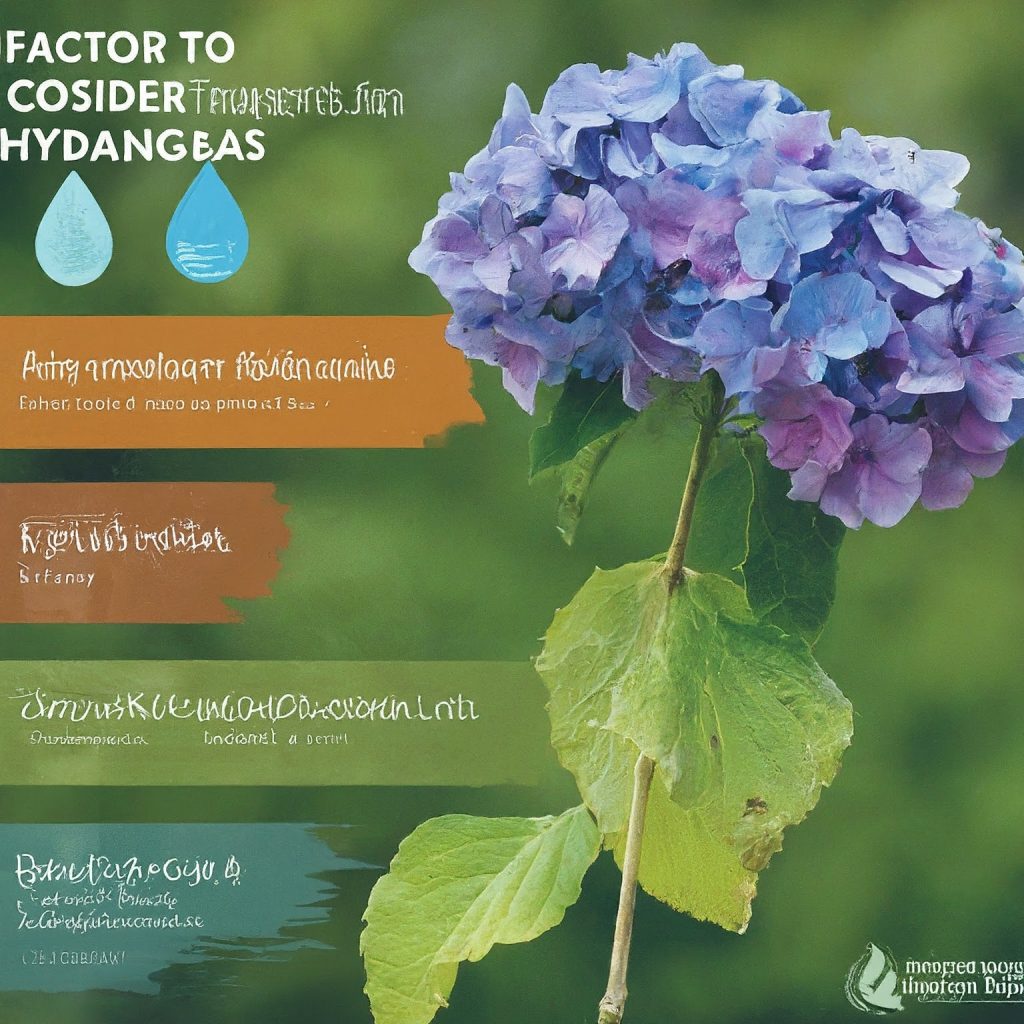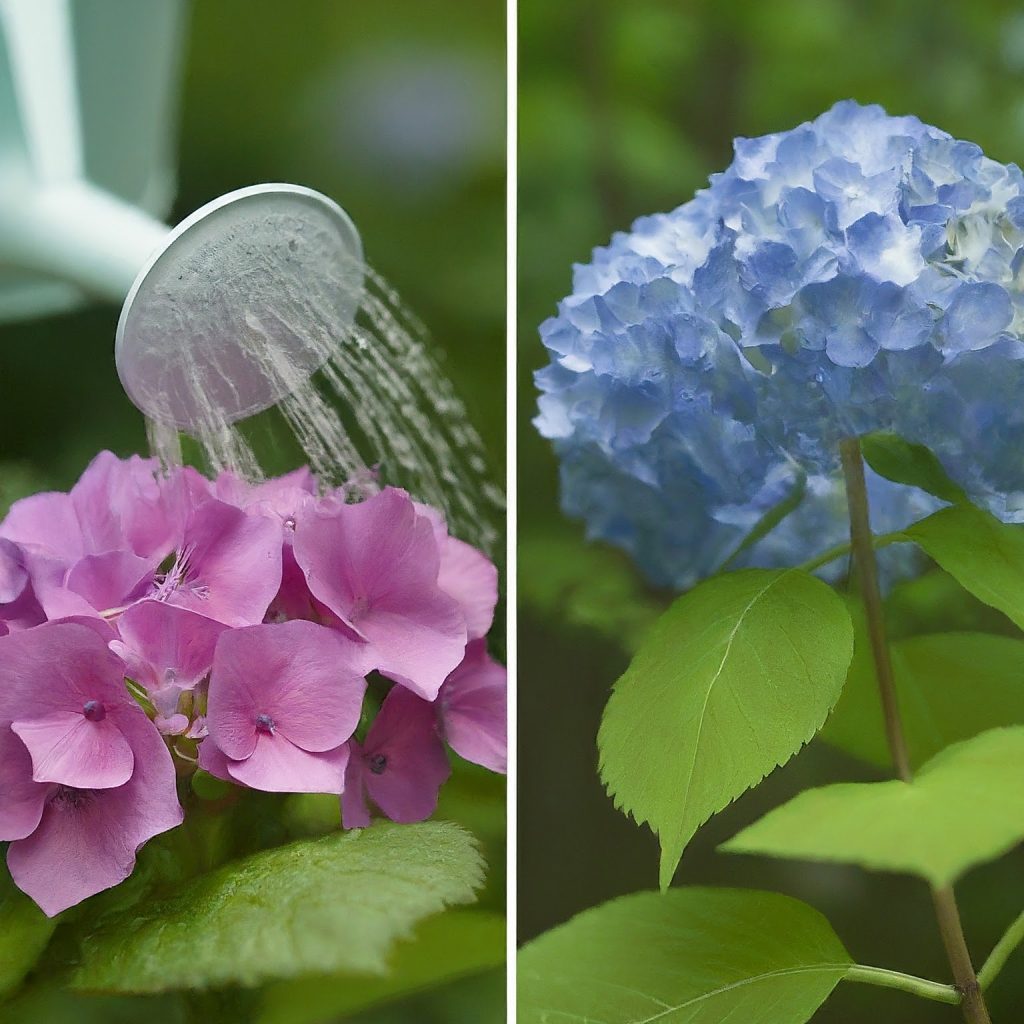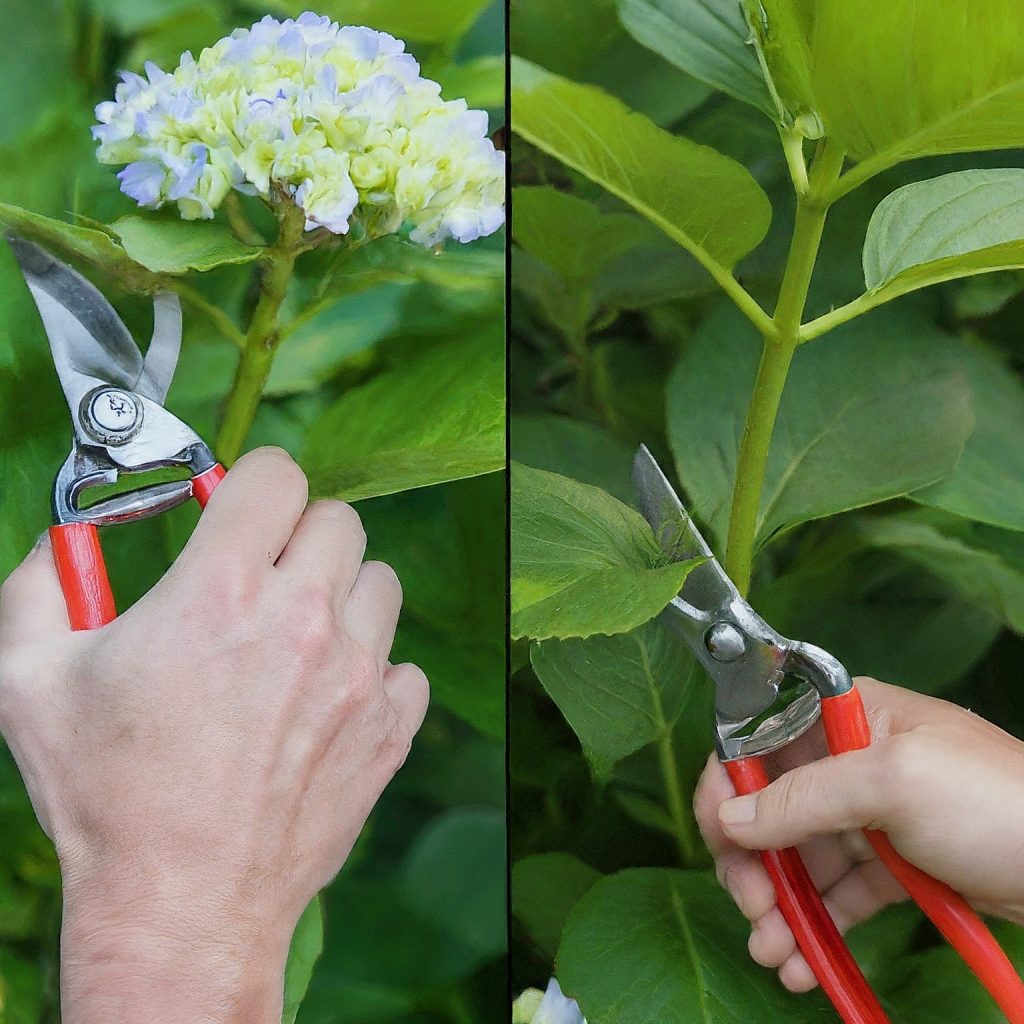Yes Hydrangeas are Easy to Grow.
Popular decorative plants known for their big, beautiful blooms are hydrangeas. They can be utilized in a variety of landscape settings and are available in a range of colors, including blue, pink, white, and purple. Furthermore low-maintenance, hydrangeas are a well-liked option for gardeners of all abilities. In this post, we’ll examine if growing hydrangeas is simple and offer advice on how to raise healthy, stunning hydrangeas in your own garden.

Factors to Consider Before Growing Hydrangeas
There are some crucial variables to take into account when choosing to plant hydrangeas. First off, hydrangeas are ideally suited to USDA hardiness zones 3-9. They have certain climate needs. Second, they favor soil with a pH between 6.0 and 6.2, is well-drained, and is rich in organic matter. Last but not least, hydrangeas need a balance of sun and shade because too much of either can make the flowers wilt or prevent the plant from blossoming.

Steps to Growing Hydrangeas
If you’ve decided to grow hydrangeas, here are the steps you need to follow:
Choose the right hydrangea variety
Mophead, lacecap, panicle, and oakleaf are just a few of the different varieties of hydrangeas. It’s critical to pick the appropriate kind for your garden because each has different traits and care requirements.

Prepare the planting site
Compost or aged manure are good organic materials to add to the soil before planting. The hydrangea should be planted at the same depth as it was in its container in a hole that has been dug that is twice the size of the root ball.

Watering and fertilizing
Regular watering of hydrangeas is necessary, especially in hot and dry weather. Use a balanced fertilizer that is low in nitrogen to fertilize the plant in the early spring and once again in the early summer.

Pruning and maintenance
Hydrangeas should be pruned in the late winter or early spring to get rid of any damaged or dead wood and to shape the plant. Throughout the growing season, remove spent flowers to promote fresh blooming.

Common Problems and Solutions
Although hydrangeas are generally simple to manage, they can be vulnerable to a few common concerns, such as pests and diseases, problems with the soil and irrigation, and improper pruning methods. Using insecticidal soap to kill pests, changing watering schedules to address soil difficulties, and learning proper pruning techniques are among remedies that are frequently used to address these challenges.
In conclusion, hydrangeas can be grown pretty easily, although they do have particular needs. You may produce healthy and lovely hydrangeas in your own garden by picking the perfect kind, improving the soil, and providing adequate watering and fertilization. There are straightforward fixes to get your hydrangeas back on track if you run into any issues. So go ahead and give growing hydrangeas a try; they will undoubtedly brighten up and enhance the beauty of your outside area.
